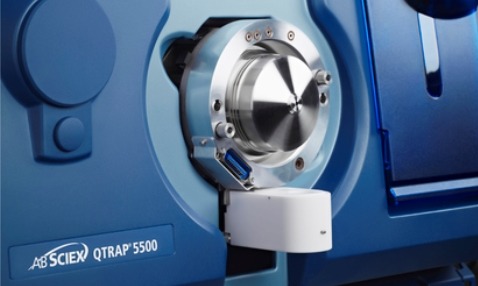
Researchers at AB Sciex have developed a novel LC/MS/MS technique that detects animal protein markers in a single analysis.
Based on liquid chromatography/ tandem mass spectroscopy (LC/MS/MS), the technique detects distinct protein markers, thus being able to confirm the presence of a particular species via direct detection.
The method is capable of detecting any horse tissue that may be present within beef products. Laboratories are also able to use the method to detect veterinary drug residues within a single analysis sample.
Though the researchers have stated that the method was intended to identify horse tissue within beef samples, they believe it can also be adapted to detect certain peptide markers of numerous animal types simultaneously.
“Our new method shows a clear role for LC/MS/MS in meat speciation, giving scientists the most reliable results for identification of horse meat in food,” said Vincent Paez, Sr. director for food and environmental at AB Sciex.
“It further demonstrates our commitment to helping companies and governments improve food safety and verify food authenticity,” Paez added.
Additionally, the experts were able to use the method in a recent LGC Standards proficiency testing scheme, which helped confirm the method’s capability in detecting horse meat at levels as low as 1% in beef samples.
Moreover, the capabilities of existing techniques, such as polymerase chain reaction (PCR) or enzyme-linked immunosorbent assay (ELISA), have been questioned as they are not able to offer the additional detection of veterinary drug residue.
The PCR technique, though reliable, must be able to detect the animal’s DNA to work.
Whereas the ELISA, which relies upon the detection of intact animal proteins, is seen as limited by the research team because it does not offer multiple detection methods.
Stephen Lock, technical market applications manager at AB Sciex, stated: “LC/MS/MS will allow laboratory scientists to analyse a single meat sample for 15-20 different animal species in a single run, with very little chance of false positives.”
And though still in its infancy, Lock believes the technique will be enhanced to accommodate more protein markers and further increase the number of detectable species.
To read the application note, please click on the link above.




